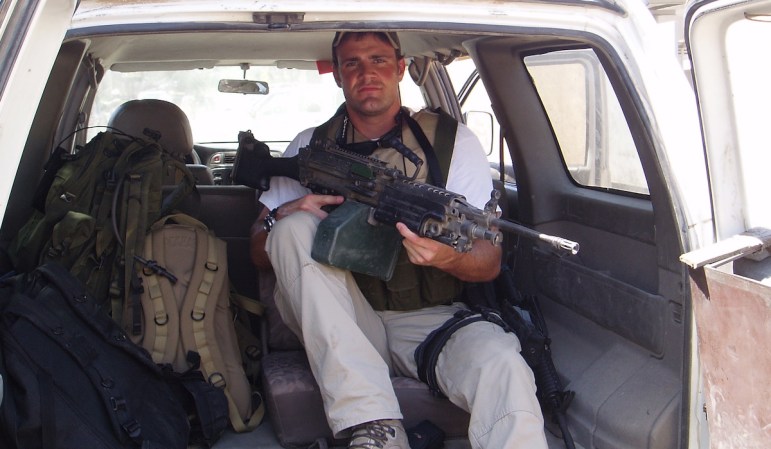As the newly reunited States began to recover from the Civil War, expansion westward returned with a new fervor. While the eyes of those who lead the government looked towards California and the Pacific Coast, the eyes of the Revenue Cutter Service, the nascent Coast Guard, looked at the 6,640 miles of coastline that laid along the newly purchased Alaska territory.

Secretary of State William Seward negotiated its purchase in 1867 and turned to the U.S. Army to help police the territory that largely consisted of native populations and a few Russian settlers that did not leave after the purchase. The Army did not have the ability to police the coastline where the vast majority of the population was and failed to secure by the beginning of the Nez Perce War of 1877, abandoning the territory altogether. President Ulysses S. Grant put the responsibility on the U.S. Revenue Cutter Service, who would time and time again prove they had Alaska’s best interest in mind, even when it seemed that the rest of the government did not.
Ask any fisherman in Alaska what the most unpredictable thing about life is, and his answer will be the weather in Northern Alaska. The winter of 1897 came early and the early ice trapped eight whaling ships, along with 265 men, with few supplies and little food. In an appeal to President William McKinley, the ship’s owners begged for the government to help save the men, who they believed would starve if they were not saved.
Captain Francis Tuttle had recently taken command of the USRCS Bear from Capt. Michael Healy, who was temporarily relieved of duty for drunk and disorderly conduct in front of his crew. Tuttle had just returned from his first grueling Bering Sea Patrol when on November 15, 1897, Tuttle received an urgent letter from Secretary of the Treasury Lyman Gage. It was a letter of instruction to save 265 people who were surrounded by ice near Point Barrow, Alaska.

While normally a vessel would simply sail to help distressed whalers, the “advanced season of the year” closed the Bering Straits, so the Bear would be unable to even attempt it. The expedition had to be done over land. The letter left little for interpretation: there were to be two commissioned officers and one petty officer sent on the expedition. The exact course to be taken by dogsled, reindeer-pulled sled, snowshoes, and skis was outlined, from Unalaska to Cape Nome. Communications were to be done through W.T. Lopp, superintendent of the Teller Reindeer Station. Food was to be taken to the whalers in the form of a herd of reindeer from Port Rodney and Cape Prince of Wales.

After the USRCS Bear sailed from Seattle to Unalaska, today known as Dutch Harbor, 1st Lt. David Jarvis, 2nd Lt. Ellsworth Bertholf, and ship’s surgeon Samuel Call led the expedition. While walking, skiing, and dog-sledding over 1,500 miles in 104 days, they did not ignore the issues that they saw along the way. Jarvis, Bertholf, and Call would all attend to the natives that they met along the way, with Call taking care of childbirths, injuries, and illnesses along the way, including Jarvis’s chronic tonsillitis. The men also dealt with blizzards and temperatures as low as negative forty-five degrees, and often continued on through days of blinding snow.

Jarvis’ journal recalled the intense trials they underwent through the months of harsh Alaska winter but on the day they arrived, he wrote, “March 29 was a beautiful, clear morning… with a cloudless sky and little or no wind… it seemed as if nature was trying to make amends for the hard trial she had given us…” The expedition reached the whalers with an underweight and exhausted herd of reindeer, but sixty-six men would be lost by Summer 1898, the majority to disease.

Jarvis, Bertholf, and Call received Congressional Gold Medals for their work in 1899. Call and Bertholf went on to make their names, even more heroic, in the Revenue Cutter Service and Coast Guard. Call would become one of the most well-known doctors in the Alaska territory, an expert on native medicine and medicine men. Bertholf became the first Commandant of the Coast Guard, leading the service through World War I. Jarvis, though, would suffer a tragic fate at his own hands. After his time in the Revenue Cutter Service, he twice turned down the governorship of Alaska and instead worked for a salmon cannery and the development of a railroad and copper mines in Alaska. After being accused of corruption and bribery during the development, he committed suicide in June 1911.
Alaska has long been seen as the “Final Frontier” of the American west but the settlement of the largest state in the union did not come without great trial and consequence to settlers. Following the legacy of the US Revenue Cutter Service, US Coast Guard, assures that the fishermen and residents of Alaska live and work safely in an environment that is as unpredictable as life itself.










